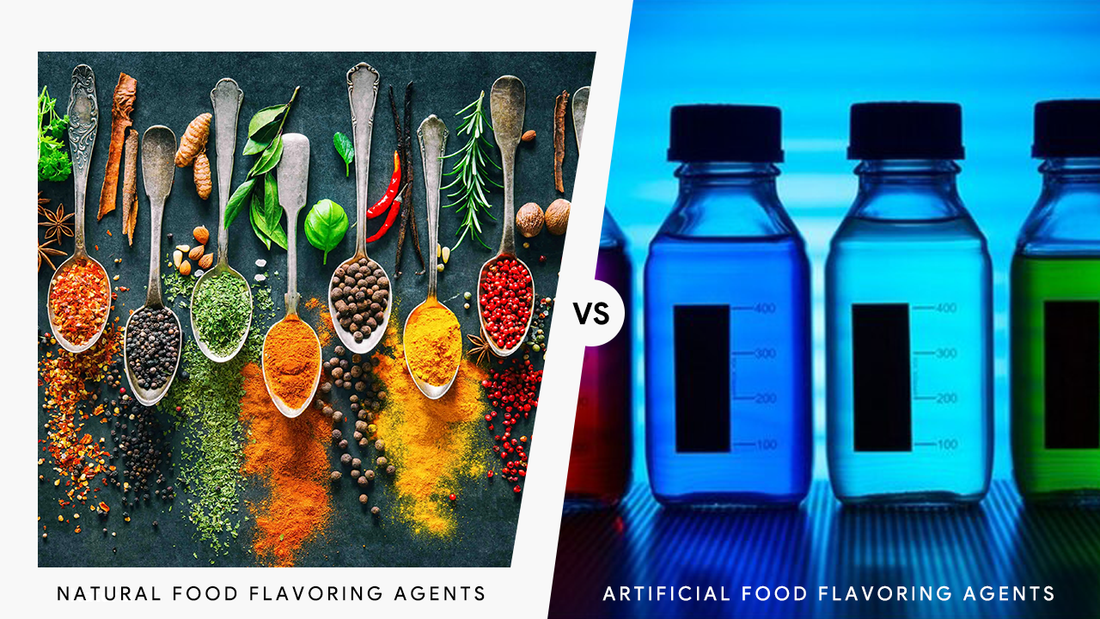Flavoring agents are key food additives and are used on a wide scale all around the globe. These include flavoring substances such as extracts/l or preparations, which give the food its taste or odor or both.
As most of us are aware that there are two types of flavoring agents: Natural and Artificial. In layman’s terms they can be defined as follows:
Natural flavors are essential oils or compounds extracted from spices, fruits, vegetables, bark, buds, leaves, meat, seafood, poultry, dairy products, etc.
While artificial flavors are simply chemical mixtures that taste and smell like natural flavors. The significant role of both the natural flavor and artificial flavor is to add flavoring to the food rather than nutrition.
How does the FDA classify terms?
The FDA broadly defines natural flavors to cover any flavor isolated from natural sources like plant material such as fruits, roots, herbs, etc., or animal products like meat, dairy, etc. On the other hand, any flavor that is not defined as natural, even if it has the same chemical composition as flavors isolated directly from nature, is an artificial flavor.
There is no correlation between the origin of flavors and their safety, health, or deliciousness. In fact, flavouring agents produced in a systematic laboratory undergo rigorous quality control at every stage and do not require a lengthy, labor- and resource-intensive extraction process or acquisition of natural, rare, or difficult-to-cultivate ingredients. Thus, many natural-identical artificial flavors are available in higher purity than their natural counterparts and can be obtained with less environmental impact.
Popular flavoring agents
The chemical name of isoamyl acetate is 3-Methylbutylacetate, also known as isopentyl acetate. The chemical is naturally present in most ripe fruits and can also be synthesized in labs for flavoring applications. An ester compound is formed by Fischer esterification between isoamyl alcohol and glacial acetic acid. It is used in many ice cream and sweet dishes.
Flavoring agents such as glutamates are widely used for adding savory flavor to a wide range of food items. When salts based on glutamic acid are dissolved in water, glutamates form negatively charged zwitterions. Monosodium Glutamate (MSG) is one of the most commonly used salts of glutamic acid in the food and beverage industry. There are several trade names for MSG, including Ajinomoto, Chinese salt, etc. This component is widely used in Instant noodles.
If you are looking for a reputable and reliable flavoring agent manufacturer then get a quote from SBBLG today. They are the best fragrance compound manufacturer in India.





